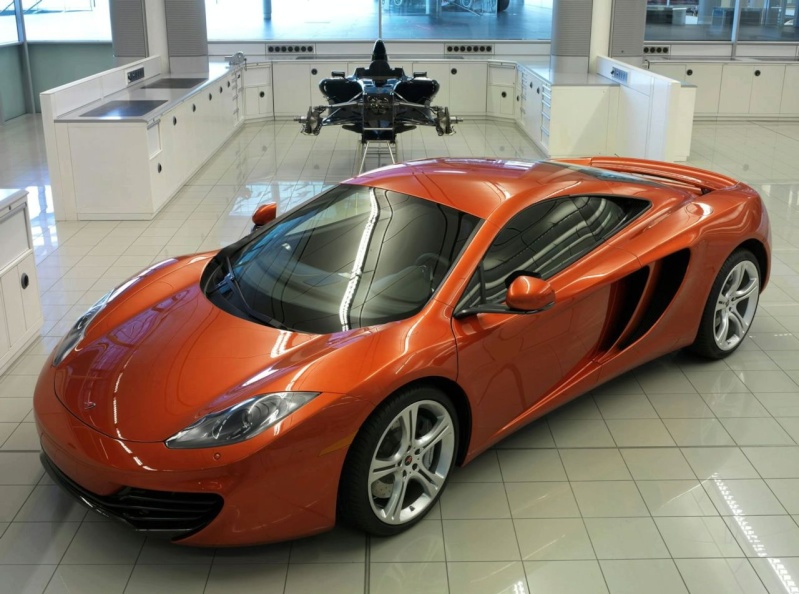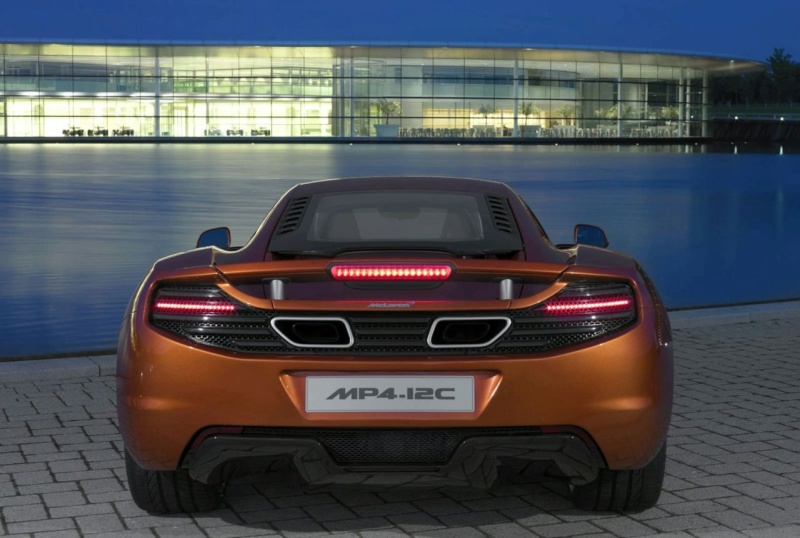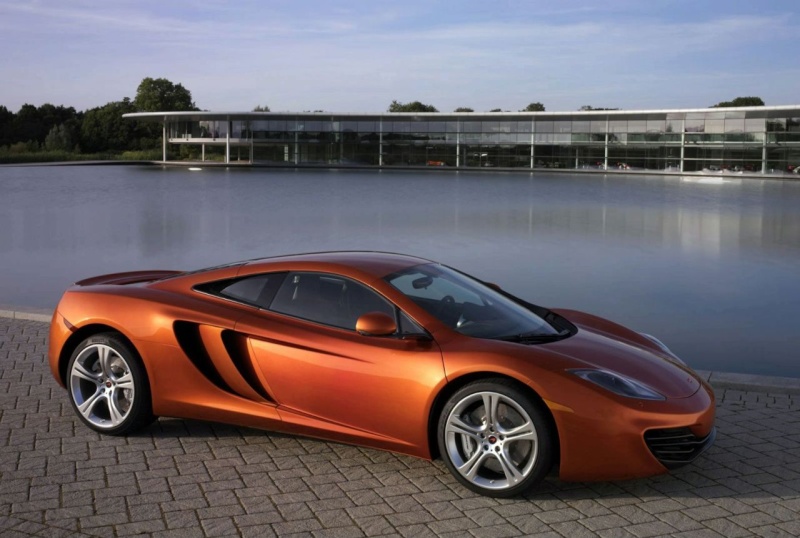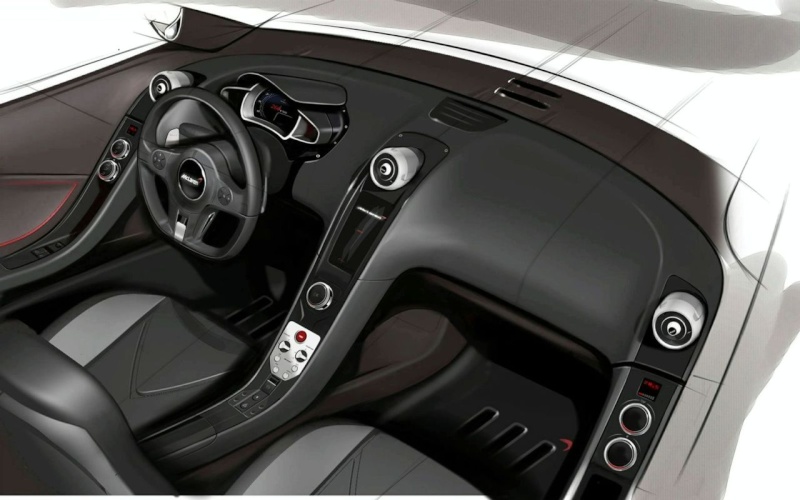-
Par stef V le 17 Octobre 2009 à 10:30
<script type="text/javascript">// <![CDATA[ google_ad_client = "pub-5485516458016395"; /* 728x90, date de création 09/01/09 */ google_ad_slot = "4155686874"; google_ad_width = 728; google_ad_height = 90; // ]]></script> <script type="text/javascript" src="http://pagead2.googlesyndication.com/pagead/show_ads.js"> </script> <script type="text/javascript">// <![CDATA[ google_ad_client = "pub-5485516458016395"; /* 728x90, date de création 09/01/09 */ google_ad_slot = "4155686874"; google_ad_width = 728; google_ad_height = 90; // ]]></script> <script type="text/javascript" src="http://pagead2.googlesyndication.com/pagead/show_ads.js"> </script> <script type="text/javascript">// <![CDATA[ google_ad_client = "pub-5485516458016395"; /* 728x90, date de création 09/01/09 */ google_ad_slot = "4155686874"; google_ad_width = 728; google_ad_height = 90; // ]]></script> <script type="text/javascript" src="http://pagead2.googlesyndication.com/pagead/show_ads.js"> </script>
McLaren MP4-12C
A long held dream
The McLaren MP4-12C is the first in a range of high performance sports cars from McLaren Automotive, the independent car division based at the McLaren Technology Centre in Woking, England.
The 12C, and future models within the range, will challenge the world’s best sports cars benefiting from the expertise and virtuosity of the McLaren Group.
Twenty years of sports car design, engineering and production combined with inspirational success in Formula 1 have driven Ron Dennis, McLaren Automotive Chairman, to announce his plans for the ultimate line-up of technology-led and customer-focused performance cars for the 21st century. The rules in the sports car world are about to be re-written.
Through a rich modern history, McLaren’s automotive division has already built the world’s most critically acclaimed supercar, the McLaren F1 (1993-1998) and the world’s best-selling luxury supercar, the Mercedes-Benz SLR McLaren (2003-2009). McLaren Automotive now looks to the future with a new range of revolutionary sports cars.
“It is a long-held dream of mine to launch high performance sports cars that set new standards in the industry,” said Dennis.
“We began designing and building cars for aficionados of thoroughbred sports cars almost 20 years ago. Incorporating the leading edge technologies that the McLaren Group has built up, I believe we are now perfectly placed to open up this new chapter in McLaren’s history,” he said.
The MP4-12C is pure McLaren, featuring no carryover parts from any other car, and will be produced by McLaren in the UK. It goes on sale through a dedicated, worldwide retailer network in early 2011.
Ultimate car for the core market
The McLaren MP4-12C is a high performance two-seat mid-engine model in the ‘core’ sports car market sector for cars costing between £125,000 and £175,000.
“Worldwide demand for high performance cars is strong, in large part because of great cars from great competitors. With McLaren joining that list, it will grow stronger still. What we are offering is a new approach to the market,” said Ron Dennis, McLaren Automotive Chairman.
The market for high performance sports cars has grown substantially since the turn of the century. McLaren divides the market into segments that encompass both comfort–orientated GT cars and the hard-edged supercars for road and track use.
The ‘core’ segment runs from around £125,000 to £175,000 featuring the Ferrari F458, Lamborghini Gallardo, Porsche 911 Turbo, Bentley Continental GT and Aston Martin DB9.
A second segment is the ‘high’ category with prices ranging from £175,000 to £250,000 and consists largely of front-engined GT cars such as Ferrari’s 599GT and 612, with just one mid-engined contender, the Lamborghini Murcielago.
The final segment is the ‘ultimate’ group, a sector initiated by the McLaren F1 in 1993 and now populated by a select group of cars including the Mercedes-Benz SLR McLaren, Bugatti Veyron, and cars from the likes of Pagani and Koenigsegg that followed legends such as the Porsche Carrera GT and Ferrari Enzo. In 2011, McLaren will bring technology and performance exclusive to this ‘ultimate’ sector into the ‘core’ segment.
Exclusivity guaranteed
Although the recent economic downturn has affected the performance car sector, just as it has the entire motor industry, McLaren Automotive believes that the ‘core’ segment’s growth from 8,000 sales in 2000 to more than 28,000 in 2007 highlights the potential that exists and that it will soon return to at least 2007 levels.
“By the time the 12C is launched in 2011 we expect the economic conditions to be much improved. We have already seen significant interest in the car and the supply of the 12C will be relatively scarce; in its first year we plan to produce just 1,000 cars which represents only 3.5 percent of the ‘core’ market,” explained Antony Sheriff, McLaren Automotive Managing Director.
“We have created ground-breaking new technology, lightweight engineering solutions, and harnessed real-world motor racing applications. It brings new levels of performance, fuel efficiency and practicality to 12C’s segment. And it will be more exclusive than its principal competition with a price that reflects its lack of ubiquity,” he said.
McLaren Automotive will distribute the 12C and future models through a brand-new retail network in all global markets.
Exclusivity, exquisite design, and a passionate focus on delivering a wonderful ownership experience will ensure that the small number of retailers around the world are taking on an attractive new brand. This approach will drive excellent customer service and a virtuous circle that retains McLaren customers and brings in new converts as the range expands.
What's in a name?
The name of the new McLaren sports car is MP4-12C. What does this signify? As one might expect at McLaren everything has a purpose and the nomenclature is no exception.
‘MP4’ has been the chassis designation for all McLaren Formula 1 cars since 1981. It stands for McLaren Project 4, resulting from the merger of Ron Dennis’ Project 4 organisation with McLaren.
The ‘12’ refers to McLaren’s internal Vehicle Performance Index through which it rates key performance criteria both for competitors and for its own cars. The criteria combine power, weight, emissions, and aerodynamic efficiency. The coalition of all these values delivers an overall performance index that has been used as a benchmark throughout the car’s development. It represents power and efficiencies.
The ‘C’ refers to Carbon, highlighting the unique application of carbon fibre technology to the future range of McLaren sports cars.
The elements of this name represent everything that the McLaren MP4-12C stands for:
‘MP4’ represents the racing bloodline
‘12’ represents the intense focus on complete performance
‘C’ represents the revolutionary Carbon MonoCell
“We are very proud of the McLaren MP4-12C and all the teamwork, intelligent thought and sheer effort that has gone into developing this car. What drives people at McLaren is passion – if you cut them, they bleed McLaren. And there is no doubt in my mind that the 12C fully reflects that focus, drive and determination in its performance, style and ownership potential,” said Ron Dennis McLaren Automotive Chairman.
Adding lightness
Light weight and performance are defining philosophies at McLaren. But outright power alone is of little significance if a car’s weight saps output or if that power is unmanageable and compromises the driving experience or results in unacceptable emissions.
Fundamentally, it is critical to keep weight as low as possible. Increased customer demands for safety and advanced features all mean that shaving weight is difficult. However, at McLaren saving weight remains a passion and at the heart of the McLaren MP4-12C is a carbon fibre composite chassis: the Carbon MonoCell.
This revolutionary structure is the automotive version of a McLaren motor racing innovation from the 1981 MP4/1 Formula 1 car. It is not only the nucleus of a fast, safe, clean and light car, but through its revolutionary one-piece moulding manufacturing technique, also presents a unique structure that allows greater freedom for innovative packaging and interior design.
The MonoCell allows for a creativity of interior design that sets new standards. The whole focus is on making the 12C cockpit uniquely spacious and functional – in car that is actually narrower than competitors. The interior styling then offers a symmetry that wraps around the occupants and makes them feel physically and emotionally comfortable.
The interior uses space well and is designed to accommodate 98thpercentile adults in comfort. This has been partly achieved by the touch screen telematics system oriented in ‘portrait’ mode. This is a first for the car industry and is more logical - we read down a page and our mobile telephones and other personal information devices are configured this way.
This is one reason why the 12C design is able to buck the trend towards ever wider sporting cars. The innovative information centre provides all normal telematics functions such as audio, navigation and telephony, while providing some new features never before seen in a car. Meridian, the renowned producer of state-of-the-art sound systems, is developing its first ever in car system for the 12C.
Carbon original
The McLaren MP4-12C MonoCell, or 'tub', not only brings dynamic benefits, but also offers fundamental engineering opportunities that form the basis of the car’s unique character. It has been designed to allow a much narrower structure overall which in turn contributes to a more compact car that is easier to position on the road and more rewarding to drive.
This is the first time a car in this market segment has been based around such a strong and lightweight racing car engineering solution and the first time any car has ever featured a one-piece carbon fibre structure. This step change in sports car design means that the 12C introduces new standards not just in handling, ride and outright performance, but also economy and practicality in an already very competitive sector.
The 12C MonoCell also offers greater occupant safety because it acts as a safety survival cell, as it does for a Formula 1 car.
“The whole 12C project is based on the concept of the MonoCell. This means that McLaren can launch into the market with greater performance than our rivals and a safer structure, said Claudio Santoni, McLaren Automotive Body Structures Function Manager.
Design principles
The McLaren MP4-12C design follows similar principles to McLaren’s Formula 1 cars, and the legendary McLaren F1, where everything is for a reason and all lines, surfaces, and details are designed with a job in mind as much as styled.
Frank Stephenson, McLaren Automotive Design Director, explained: “Many sports cars and super cars present an ‘in-your-face’, ‘look-at-me’ image that can become wearing and boorish; the ultimate backhanded compliment becomes, “…it was of its time”. Great design, however, is timeless and looks relevant years later. With the 12C we have produced a car that looks great today and will still look great in years to come.”
The 12C’s body has been styled to support sector-leading levels of downforce. This downforce contributes to sector-leading levels of lateral grip and stability. Air flow has been manically managed to support all performance figures and light weight targets. For example, placing the radiators adjacent to the engine keeps the car narrow and reduces weight. However, this results in a huge challenge of ensuring ample air flow to the radiators. The result? The large side air scoops and integrated turning vanes that are dramatic, but purely functional. No larger or smaller than required.
The designers’ challenge is to then take that styling purpose driven by engineering aspirations and add personality. That’s why the air scoops resemble the McLaren logo in form, as do other features around the car.
The inside story
Packaging was fundamental to the McLaren MP4-12C design challenge. Externally, the car had to be compact, yet internally it had to offer an unparalleled driver and passenger environment where comfort and driving enjoyment were not compromised.
“With the interior, we have created a real step forward in the packaging of a sports car. Moving the driver and passenger closer together improves driving control, but comfort levels are segment-leading.
"We also repackaged many of the major components that normally sit under the dashboard to allow for more space and a unique form. For example, we designed a small, bespoke air-con unit that has been moved outside of the cockpit. Such a solution is unique in sports car design and highlights how packaging is one of the 12C’s really strong points,” said Frank Stephenson, McLaren Automotive Design Director.
Visibility is important in any road car but often in the sports car segment it proves disappointing. Accordingly, McLaren designers paid great attention to all-round visibility for both safety and driving precision.
The low windscreen cowl is inspired by the McLaren F1 and, importantly, allows the driver a clear view of the front of the car. The view of the top of the front wings also facilitates perfect placement of the 12C in a corner as the highest point of the wing lies directly above the centre of the wheel. Rear vision is excellent too making the 12C the most useable and enjoyable high performance sports car in its segment.
Defining philosophies
Light weight and performance are defining philosophies at McLaren. But outright power alone is of little significance if a car’s weight saps output or if that power is unmanageable and compromises the driving experience or results in unacceptable emissions.
Fundamentally, it is critical to keep weight as low as possible. Increased customer demands for safety and advanced features all mean that shaving weight is ever more difficult. However, at McLaren saving weight remains a passion and at the heart of the McLaren MP4-12C is a carbon fibre composite chassis: the Carbon MonoCell or `tub'.
This revolutionary structure is the automotive version of a McLaren innovation that started with Formula 1 back in 1981 and delivers weight savings, performance gains and occupant safety. It is a technology cascade in which McLaren brought carbon composite technology from the aerospace industry to make the MP4/1 F1 car, the first Formula 1 car to benefit from the strength, weight and safety of carbon fibre (CF).
The MonoCell weighs less than 80kgs. CF contributes to the car’s low overall weight and it forms the structural basis for the whole car. The tub’s torsional rigidity is considerably stiffer than a comparable alloy structure.
Lack of flex means the unique front suspension system, which is mounted directly onto the MonoCell, requires less compromise for flex of the suspension itself. Therefore, it is easier to develop the unique balance between fine ride and precise handling that McLaren has targeted.
Proactive chassis control
The suspension for the McLaren MP4-12C breaks new ground, offering hitherto unseen levels of roll control and grip.
The car's extreme levels of dynamic handling performance would normally imply a rock-hard ride, but the 12C delivers compliance and ride comfort more akin to an executive saloon car. The mix of occupant cosseting and sporting potential is truly unique. The 12C offers the driver both class-leading ride comfort and class-leading performance.
The 12C is poised and balanced whether negotiating high or low speed corners, during direction changes, under heavy or light braking and on tightening or opening corners.
The suspension is based on double wishbones with coil springs. The dampers are interconnected hydraulically and provide adaptive responses depending on both road conditions and driver preference.
The system features adjustable roll control which replaces the mechanical anti-roll bars that have been a standard feature of road cars since time immemorial. It allows the car to maintain precise roll control under heavy cornering while decoupling the suspension in a straight line for excellent wheel articulation and compliance.
Another feature that helps the 12C to handle at a new level is a development of an electronic system used by McLaren’s 1997 MP4/12 Formula 1 car, – Brake-Steer. In essence it is a system that brakes the inside rear wheel when the car is entering a corner too quickly to make the desired radius.
Unique power unit
The McLaren MP4-12C is powered by a twin-turbocharged, 3.8 litre 90⁰ V8 engine - the ‘M838T’. This marks the start of a new era in ‘core’ segment sports cars - smaller capacity, lighter weight, higher efficiency and more economical power units. The engine has the highest specific power output in its segment which, when allied to its low weight carbon composite chassis, delivers exemplary power- and torque- to weight ratios.
‘M838T’ is a unique McLaren power unit, developed specifically for the 12C. It is compact, lightweight, very stiff, and offers an uncompromising combination of high performance and good driveability with excellent economy and CO2 emission values.
Taking power and emissions in combination the 12C delivers its power at greater efficiency than any other car on the market with an internal combustion engine, including hybrids.
‘M838T’ features dual variable valve timing and produces around 600bhp and 600Nm of torque. A dry sump and flat plane crankshaft allow the engine to be placed extremely low in the chassis thereby lowering the centre of gravity and improving handling responses. It also features composite cam covers and intake manifolds, which reduce weight and heat transmission into the charge air.
The engine revs to 8,500rpm, has quick transient throttle response and delivers its abundant torque throughout the rev range. A staggering 80 per cent of torque is available at below 2,000rpm, ensuring great driveability and no need to floor the throttle to deliver performance.
Seamless Shift Gearbox
Gears are changed using a Formula 1 style rocker shift that pivots in the centre of the steering wheel. It is actuated on either side of the steering wheel.
As with the McLaren Formula 1 car, a shift can be actuated either by pulling or by pushing on the rocker. The rocker moves with the steering wheel, rather than being mounted on the steering column, so that if a gear change is needed while lock is being applied the driver does not have to fumble around to change gear.
The rocker itself incorporates an innovative feature created by McLaren engineers called Pre-Cog. The name stands for pre-cognition, literally ‘foreknowledge’. The rocker on the 12C has two positions with a slightly different haptic (or feel) for each. The driver applies first pressure to the rocker and it informs the gearbox to get ready to swap ratios, thereby saving a small amount of time between the message being sent and the gearbox being primed to act. The second pressure confirms that the gear should be changed and the torque handover is completed very quickly.
“What Pre-Cog actually does is initiate the shift process by priming the clutch and torque handover – it takes significant time out of the process,” explained Dick Glover, Technical Director McLaren Automotive. “It’s a little bit like the first pressure on a camera shutter button. There’s no requirement for the driver to use it but it is more satisfying and engaging if you do.
McLaren Automotive website presents the MP4-12C from the inside-out
www.mclarenautomotive.com - great design, performance and innovation: online and on-road
As with the car, the new website is 'pure' McLaren - innovative, exciting and a design that's driven by functionality
McLaren Automotive has launched a new website to act as an engaging and informative online showroom for the new MP4-12C. Future customers and McLaren car enthusiasts can view the 12C in detail through an animated 'explosion' of the car's technical features at www.mclarenautomotive.com
McLarenAutomotive.com has been developed to reflect the design ethic of all future McLaren sports cars; all features are intended to enhance the experience of users. The front page of the website presents the new performance car in exploded form, which clearly depicts the way in which the car has been designed from the inside out and entirely around the driver.
The opportunity to explore how technical innovations have shaped the new 12C is a highlight of the site, which employs Adobe Flash 10 3D to bring its content to life. An intuitive navigation system improves the user experience, dynamic edge caching increases the download speed of site data and written content is optimized to ensure Mclaren.com is at the top of natural search listings.
McLaren Automotive Head of Marketing, Lianne Daly, said: "It is vitally important that potential customers of McLaren Automotive across the globe are able to see the unique properties of the MP4-12C and gain an understanding of why we are claiming that this car will set new performance and efficiency standards in the core sports car market."
Daly continued: "Until the car is physically presented in showrooms in early 2011, this website will be the only publicly-available source of official information relating to our range of high performance sports cars. Visitors to McLarenautomotive.com can now explore the interior and exterior of the car in beautiful detail and over the coming months time we will add more engaging content."
In addition, users will be able to view a gallery of images from McLaren Automotive's past and present and also tap into 'The Insider', a blog that will be regularly updated with developments from the depths of the McLaren Technology Centre.
McLarenAutomotive.com contains a link to a site reserved for global media. Journalists wishing to stay ahead of the latest press information from the Woking-based sports car manufacturer must register at www.media.mclarenautomotive.com. Here they will receive unique login details, giving access to press releases, high resolution images and downloadable video content suitable for broadcast media use.
The web design of McLaren.com has been managed by AKQA. 3D animation is provided by Burrows and McLaren Automotive's visual identity has been developed by Fitch.
 votre commentaire
votre commentaire Suivre le flux RSS des articles de cette rubrique
Suivre le flux RSS des articles de cette rubrique Suivre le flux RSS des commentaires de cette rubrique
Suivre le flux RSS des commentaires de cette rubrique
stephane-vaillant.com





